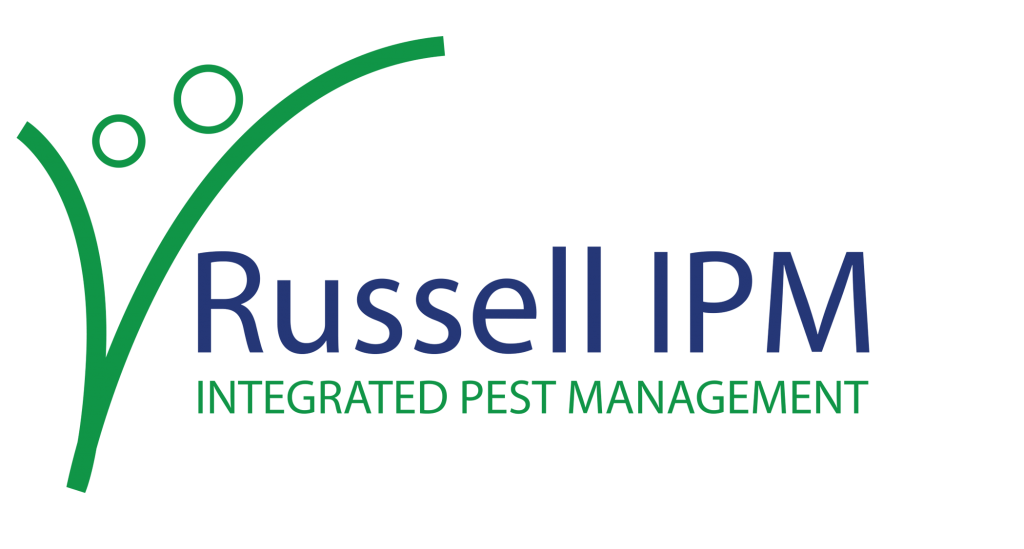Biology
Females lay about 100 eggs, each alone at the base of the host plant. The eggs hatch in 5 to 8 days. Larval development involves five instars and takes 15 days at 25°C.
The larvae are 10 -12 mm in length. The larvae pupate in an open-network cocoon on dead vegetation. Pupal duration is 10 days at 25°C (INRA, 2000).
The adult moths are 16 to 18 mm in wingspan (INRA, 2000) (15 mm in wingspan according to Carter, 1984). The head and thorax are dark brown; the abdomen, greyish brown. The antennae are simple and filiform (Carter, 1984). The moths of the second generation hibernate in plant debris (Carter, 1984; INRA, 2000). Influenced by temperature, the adults resume dusk and night flights in March or April (INRA, 2000).
The females fly at night in an irregular zigzag pattern. Copulation occurs in the early morning and lasts for several hours.
Nature of Damage
In Europe, the leek moth causes heavy damage to leeks, onions, and related crops by mining and feeding within the foliage and bulbs. Damage is followed by extensive rotting.
The larvae also feed on the seed stalk preventing the formation of the seed (USDAARS, 1960). Larvae mine and bore through the folded leaves of leeks, producing a ‘shot-hole’ effect. They also feed inside the hollow leaves of onions and sometimes bore down into the bulb.
When flowering shoots are attacked, severe losses of seed may result. This is a serious pest in continental Europe, particularly in France and Belgium. Attacks in the British Isles are sporadic (Carter, 1984).
Monitoring
Russell IPM manufactures and supplies pheromone lure – the Qlure, traps and complete monitoring systems for Leek moth, Acrolepiopsis assectella, also known as onion moth.
Pheromone trap data gives early warning of the infestation and will also alert the user to a low level of population before it becomes serious.
The lure can be best applied with the Mothcatcher trap or Delta trap.


